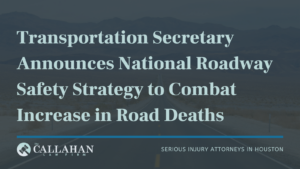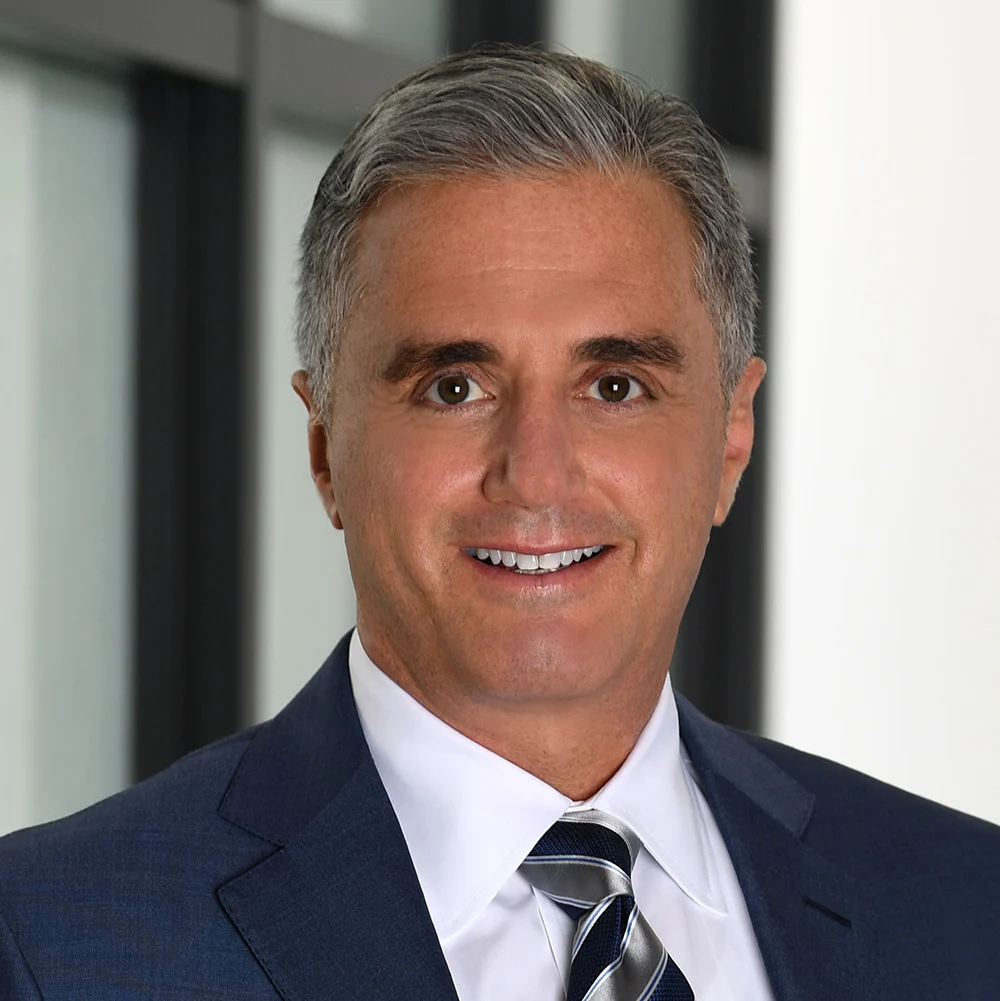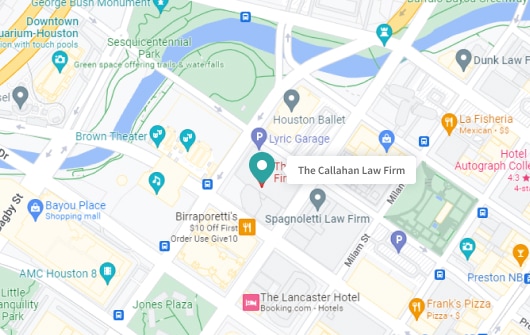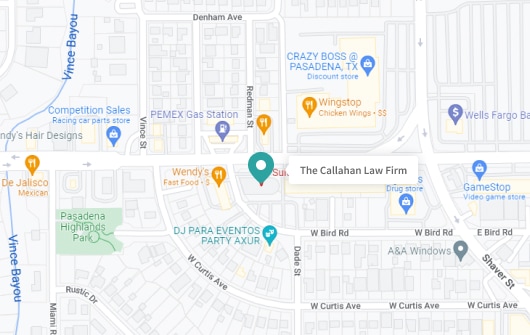Transportation Secretary Announces National Roadway Safety Strategy to Combat Increase in Road Deaths

At the end of last month, the Department of Transportation announced the government’s plan to combat the road fatality crisis. The federal plan, called the National Roadway Safety Strategy (NRSS), states that in 2020, approximately 38,680 people died in automobile accidents nationwide.
Data from the Fatality Analysis Reporting System showed that the number of roadway fatalities and the car accident fatality rate consistently declined for three decades. However, the progress made was not only halted but reversed in 2020. Compared to 2019, traffic deaths increased by 7.2% in 2020.
Unfortunately, experts believe the fatality rate will continue to trend in the wrong direction. Preliminary car accident data from 2021 shows that the number of lives lost on American roads that occurred during the first half of the year alone indicates that the roadway fatality rate continuing to increase.
A Pressing Issue
National data shows that the number of traffic fatalities reported in the first six months of 2021 was 20,160– the highest first-half total the country has seen in fifteen years. In addition, the government reported that this is 18.4% higher than last year’s first-half total, the largest year-to-year percentage jump since the department of transportation began recording this data in 1975.
This spike is believed to be in part due to the pandemic. Experts believe that there has been increased recklessness on the roads since the onset of the coronavirus pandemic, in part due to open roads that make way for speeding and lax driver’s license procedures for new drivers. In addition, despite a drop in car accidents, the country saw an uptick in car accident fatalities last year.
Texas drivers are unfortunately no exception. Fatal truck accidents have been on the rise in Dallas-Fort Worth, and Houston roads have been heralded as some of the deadliest in the country. In 2020, the Texas Department of Transportation reported that the city of Houston saw 58,167 crashes in total in 2020, more than any other city in the state. In addition, there were 263 people who were fatally injured in car accidents in Houston due in 2020, making it the most fatal driving city in Texas.
The National Roadway Safety Strategy
In a statement, Transportation Secretary Pete Buttigieg said that this fatality rate was unacceptable, and that it would take “all levels of government, industries, advocates, engineers and communities across the country working together toward the day when family members no longer have to say good-bye to loved ones because of a traffic crash.”
As part of the Department of Transportation, the National Highway Traffic Safety Administration announced they are taking steps to develop a new nationwide strategy in hopes of reducing roadway fatalities and saving lives. This initiative, called the National Roadway Safety Strategy, was announced late last month by Pete Buttigieg. The NRSS was created with five key objectives in mind: safer people, safer roads, safer vehicles, safer speeds, and post-crash care.
The Safer People objective aims to enable drivers and passengers to engage in safe driving behaviors such as wearing seatbelts, and avoid engaging in dangerous behaviors such as speeding, driving under the influence, and distracted driving. The Department of Transportation plans to allocate funding for research, educational opportunities, outreach, and technical information in hopes of educating the masses. They also plan to work with state driver’s licensing agencies to ensure that commercial driver’s license records are accurate, and that truck drivers with drug and alcohol violations are suspended from duty.
As for safer roads, the department wants to work with road design experts to curate roadway design in a way that takes human error, injury tolerances, and other factors into account in hopes of keeping drivers and their passengers safe. In addition, they want to take existing infrastructure into account when designing roads and streets to ensure they are safe not only for drivers, but for bikers, motorcyclists, and pedestrians as well.
To make vehicles safer, they want to make safety features and systems more accessible in hopes of decreasing the number of car accidents that occur, and making it so that the accidents that do occur result in fewer and less severe injuries. In addition, they want to require vehicle manufacturers to inform the department when an accident involving an automatic driving system occurs in hopes of better developing automated technologies.
Additionally, they want to promote safer speeds by revising regulations, updating roadway design, and educating masses in hopes of encouraging drivers to self-monitor and self-enforce speed limits, while also conducting outreach and innovating enforcement of speed management laws.
Lastly, with the Department’s fifth objective, they hope to prevent car accident fatalities by enhancing post-crash care by decreasing ambulance response time. A reported 20% of trauma deaths are preventable with optimal emergency care, and the Department hopes to advance EMS training and advance technologies to improve responder safety.
Some of the NRSS’s key actions include working with states and local road owners to set speed limits, providing technical assistance to communities in a variety of sizes, utilizing new technology to improve motor vehicle safety, and investing in road safety research and highway improvement.
The Department of Transportation’s ultimate goal is to make every road safer for drivers, bikers, and walkers alike, and eventually reach zero roadway fatalities.
—
If you or a loved one has been injured in a car accident, contact The Callahan Law Firm today to speak with one of our Houston Car Accident Lawyers. Our team has been helping injured people and their families for over 25 years, and we can fight for you too. Give us a call at 713-224-9000, or fill out our contact form here.

Michael S Callahan is an attorney and founder of The Callahan Law Firm. He focuses his practice on representing individuals and families in personal injury cases involving motor vehicle and truck accidents, workplace accidents and defective products. With over 25 years of experience, he is dedicated to fighting on behalf of people whose lives have been forever altered by the negligence and carelessness of corporations and individuals. Originally trained as a mechanical engineer, Michael has been practicing law and fighting for justice for those who need it most since 1994. He is board-certified in Personal Injury Trial Law by the Texas Board of Legal Specialization and a member of various esteemed legal associations. Outside of work, Michael enjoys spending quality time with his family, outdoor activities, and continually striving to improve as a trial lawyer and human being.











